Guide to Tick-Borne Diseases


They’re Out for Blood
Ticks survive by biting into an animal -- or you -- and sucking blood. These bites can infect you with bacteria, viruses, or parasites they carry. Most don’t lead to disease. But if you’ve been bitten, you’ll want to keep an eye out for symptoms of the illnesses they can spread.
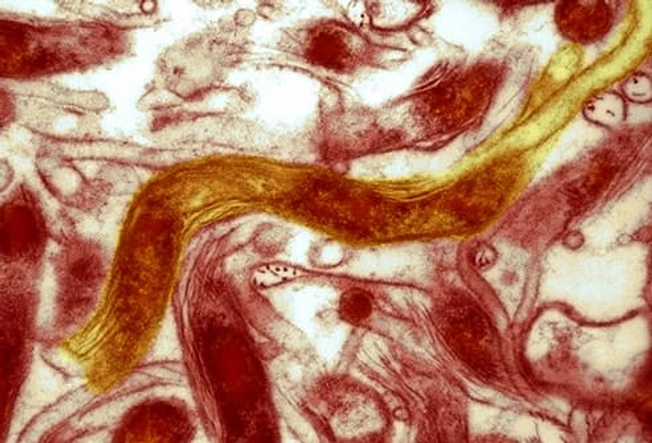
Lyme Disease
This is the most common tick-borne illness in the U.S. The CDC estimates that approximately 476,000 people are diagnosed and treated each year for Lyme. The bacteria that causes it attacks your nervous system and possibly your heart, liver, eyes, and joints as well. Ticks that carry this disease live mostly in the Northeast and Upper Midwest. More than 95% of reported cases of Lyme disease were in those areas. (It gets its name from the town of Lyme, CT.)

Lyme Disease Symptoms
At first, you may feel like you have the flu -- fever, chills, a headache, and joint or muscle pain. You also may notice a skin rash that starts near the tick bite anywhere from 3 to 30 days later. As the rash gets bigger, the middle often clears and a red ring shows up around the outside, leaving a “bull's-eye” look. About 60% of people who have it get this rash.

Lyme Disease Treatment
If you’re in an area where the disease is common and find a tick on you, call a doctor right away, especially if the tick is fat. An antibiotic can keep you from getting Lyme disease if you take it within 72 hours of the bite. If you get the disease, your doctor will prescribe a longer antibiotics course. Most people fully recover, but symptoms can last more than 6 months. If it’s not treated, you may get numbness in your arms or legs, or paralysis on one side of your face.
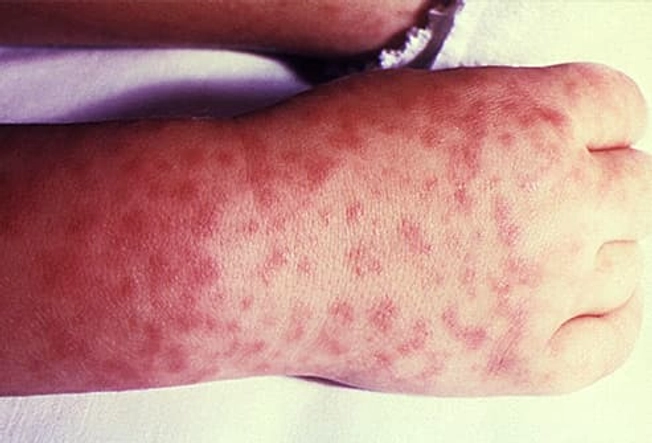
Rocky Mountain Spotted Fever
This bacterial infection hits fewer than 3,000 people a year -- and if it’s not found early, it can cause serious illness and long-term health problems. Symptoms usually show up 2 days to 2 weeks after a tick bite. It causes fever, headaches, vomiting, stomach pain, red eyes, and sore muscles. Most people also get a red splotchy rash that starts on their ankles or wrists. It usually shows up several days after other symptoms.

Rocky Mountain Spotted Fever Treatment
Doctors prescribe the antibiotic doxycycline for this illness. The CDC recommends you take it as soon as possible if your doctor thinks you have it. It works best if you start it in the first 5 days after your symptoms show up. Despite the name, Rocky Mountain spotted fever happens in every state except Alaska, Hawaii, and rarely, Maine. But it happens most often in the Midwest and Southeast.
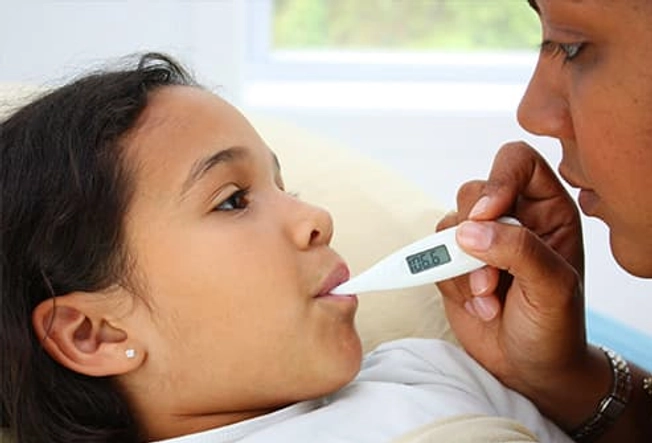
Powassan
This virus is named after the town in Canada where it was first found in 1958. About 180 people have had it in the past decade -- mostly in the Northeast and Great Lakes areas. It attacks your brain and the tissue around it and causes inflammation. Symptoms can include headaches, fever, and vomiting, along with confusion, loss of coordination, and seizures. They can show up anywhere from a week to a month after you’ve been bitten.

Powassan Diagnosis and Treatment
If your doctor thinks you might have it, they’ll test your blood and spinal fluid for certain proteins called antibodies that your immune system makes to fight off infection. There are no medicines to treat it. If it’s severe, you may need to stay in the hospital, where you’ll have help breathing if you need it. Your doctor also may give you medicine to ease the swelling in your brain. It can cause lasting nerve damage.

Tick Paralysis
This illness isn’t caused by a bacteria or virus, but by what doctors believe is a poison in a tick’s saliva. It happens most often in the Rocky Mountains and northwestern states, as well as western Canada. It makes your muscles go slack as it spreads through your body, and it’s sometimes mistaken for other illnesses. It usually clears up once the tick that bit you is found and taken off.
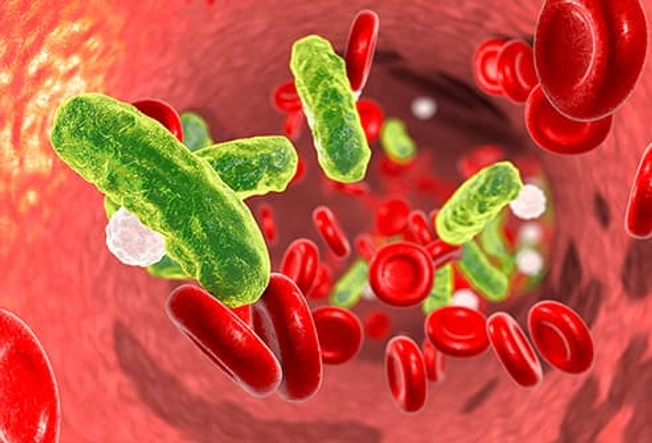
Anaplasmosis
This bacterial infection is carried by the same type of tick that carries Lyme disease. The bacteria attacks white blood cells, which fight disease in your body. It makes you very tired and also causes fever, chills, muscle aches, headaches, and stomach pain. Symptoms usually show up 1 to 2 weeks after a tick bite. The number of cases in recent years has been around 5,600, mostly in the Northeast and Upper Midwest. It's treated with doxycycline.
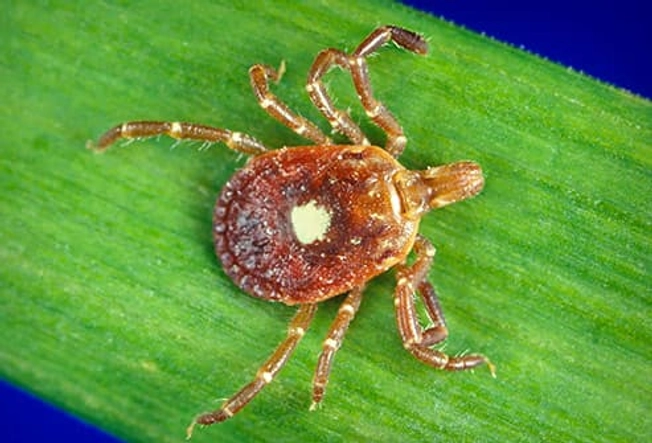
Ehrlichiosis
This tick-borne disease is related to anaplasmosis, but it’s carried by the lone star tick. Most cases are found in southeastern and south-central states. Symptoms include fever, headache, nausea, and belly pain. You also might have a cough, diarrhea, and a rash. These signs usually show up 1 to 2 weeks after a person is bitten. It’s also treated with doxycycline.
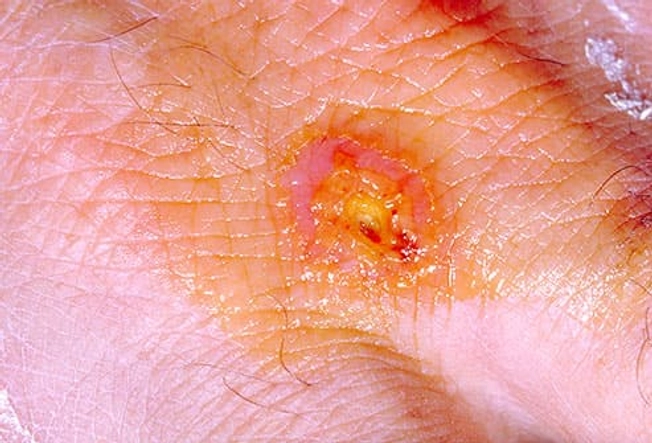
Tularemia
This tick-borne disease is sometimes called rabbit fever because it affects rabbits and rodents. There were only 150 human cases in the U.S. in 2020, but it’s very contagious and can be life-threatening if it’s not treated. It causes skin ulcers, fever, and swelling in glands called lymph nodes. Most people recover after taking antibiotics, but symptoms can last for weeks. It’s been reported in every U.S. state but Hawaii, but most cases are in the south-central U.S.
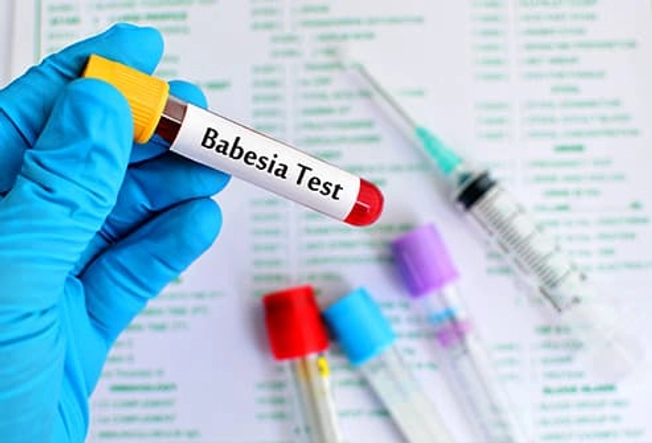
Babesiosis
While most tick-borne diseases are caused by bacteria, this is a parasite that attacks your red blood cells. It can feel like the flu and can cause low blood pressure, anemia, and liver or kidney problems. It’s spread by deer ticks and usually happens in adults. Fewer than 1,800 people got babesiosis in 2013, most of them in the Northeast and Upper Midwest. It’s usually treated with a mix of anti-parasitic drugs and antibiotics.
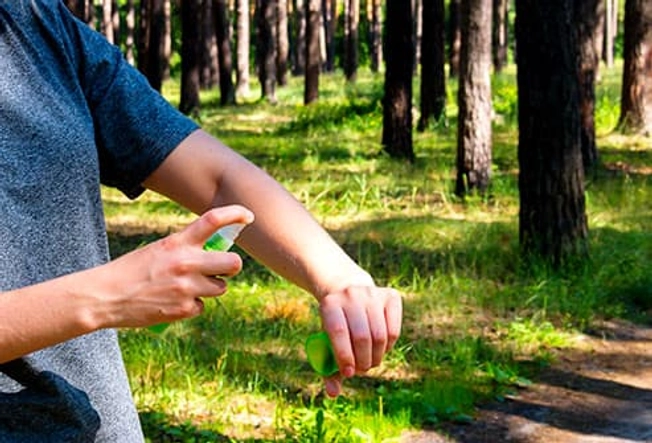
Keep Safe
The best way to prevent a tick-borne disease is to not get bitten by a tick. They like to live in grass, bushes, or leaf piles. They grab onto you as you walk by, find bare skin, and dig in. When you’re outdoors:
- Stay away from tall bushes or grass and stick to the middle of a trail.
- Use bug repellents (like DEET).
- Wear long pants, and tuck them into white socks so you can see ticks.
- Look carefully for ticks when you get back inside. If you find one that hasn’t latched on, you aren’t at risk for any of these infections.
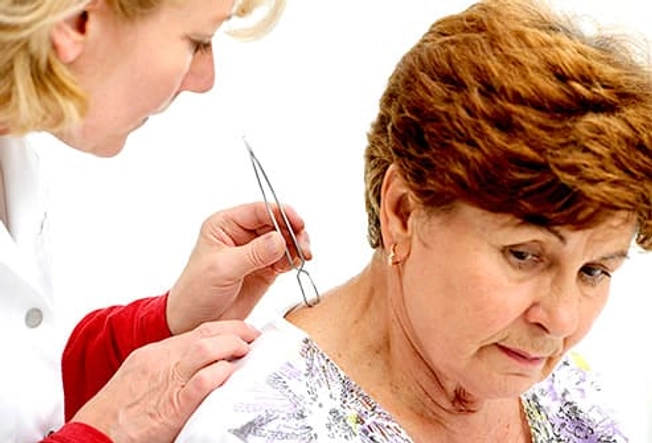
How to Take Off a Tick
If one has latched onto you, remove it with tweezers. Grab the tick as close to your skin as possible and pull up slowly and steadily. Don’t jerk it loose -- some mouth parts may break off and stay in your skin. Once it’s off, dunk it in alcohol, wrap it in tape, or flush it down the toilet to kill it. Don’t crush a tick with your fingers. If you handle a tick, wash your hands with alcohol or soap and water.